Hey there, Trainers!
I have something a little different to discuss this time around – let’s talk about… Digimon.
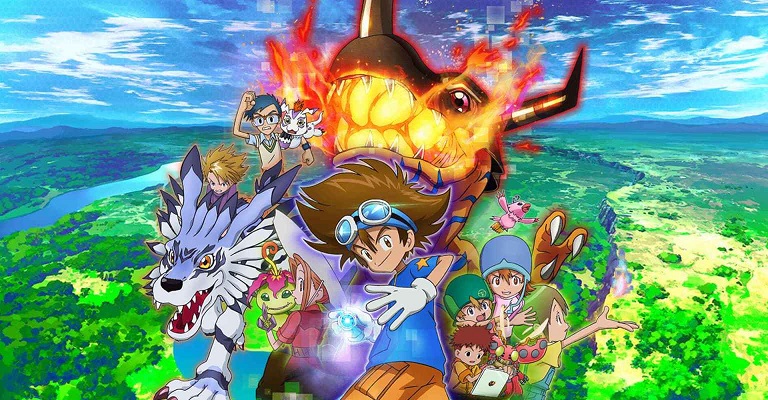
There’s been an argument since time immemorial (Since at least 1998, anyway) over which monster raising franchise is better. And while Pokemon has clearly won the culture war between the two, being the highest-grossing franchise of all time bar none (Pokemon has made more money than Star Wars and Star Trek combined.) there are passionate fans on the side of Digimon who will argue its comparative merits just as loudly as any Pokemaniac you’ve ever met.
Where do I sit on this divide?

I love both of these franchises and today, I want to give a little extra love to an honestly underrated gem for the Switch; Digimon Story Cyber Sleuth complete edition. It’s a game who’s combined releases only recently hit 1.5 million copies sold and I think that’s a crying shame.
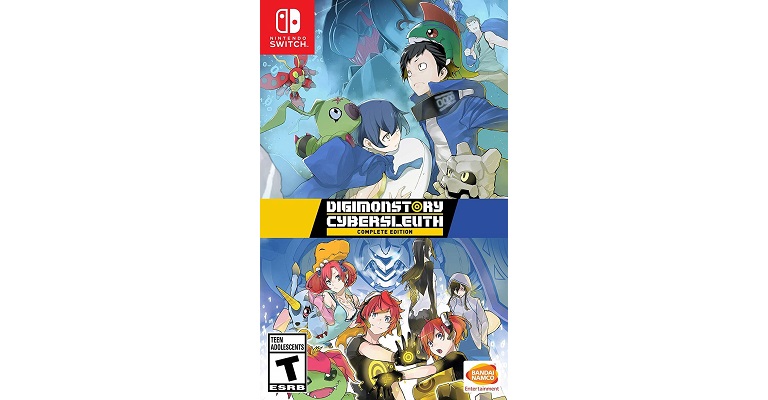
When Pokemon Sword and Shield released there was a lot of controversy surrounding it. From Dexit to complaints about graphical quality and scarcity of plot. (I personally think a lot of these complaints were a little overblown. Generation 8 was far from perfect but it was fun.) If you’re one of those who opted out of these games but you still have that monster-catching, raising and battling itch? Cyber Sleuth might be a good fit!
Digi-differences: monster mash up.
In this game, your monster companions Digivolve in multiple ways. Pokemon generally Evolve in a manner that’s linear and one way. Charmander – Charmeleon – Charizard. Certain Pokemon can evolve in more than one way. Gardevoir and Gallade, for example. Or all the Eevee Evolutions. Once evolved, you can’t go back.
Digimon? Not so much. Most of them have the capability to grow into many different forms. And you can de-Digivolve them as well! Digivolve your Koromon into Agumon and then Greymon, for example. Then, de-Digivolve back to Korumon before Digivolving it into Guilmon and then Growlmon. This way, you can increase stats, max level and gain entirely new moves. Digivolution, in this way, can be far more strategic than simply growing base stats. Different forms will have different requirements for stats before they can be obtained but give different rewards for obtaining them in regards to how your monster grows.
And grow they do! The basic stages for Digimon family tree go something like this; little blob – larger, more well-formed blob – recognizable animal or small robot – bigger, more bad-ass animal or robot – monster that’s more cybernetic looking with biological and mechanical elements both – either a Sentai looking human-shaped creature or a mech. After this, you can get additional forms that result from various fusions of monsters, additional powered up modes identified by a BM after their name which stands for Burst Mode, and various other special Digivolutions, though these are much rarer. You get all that? I know. It can seem very daunting at first, but you get used to it fast.
Battling: it’s time to d-d-d-d-d-d-duel! …wait wrong franchise.
In this game, you have a total of 11 spots on your team instead of 6. You’re limited by Memory – a value ascribed to each Digimon in your party. While a small Digimon may have a Memory usage size of 3, Digivolve it to its next form and it will grow and require more space. You start with a value of 20 and gain more storage space as you progress through the story. This means you can’t just grind evolutionary levels early on without thinking about your team-building strategy.
Battles are a maximum of 3 on 3, with a total of 8 Digimon in reserve. You can switch in and out as you want to tailor your team to better dominate your opponent.
There are multiple layers of advantage/disadvantage when it comes to dealing damage. Each monster is one of four Types – Vaccine, Virus, Data, and Free. Free is a neutral Type that has no inherent damage multiplier one way or the other in regards to the other types. The other three are a standard Rock, Paper, Scissors setup with Vaccine doing double damage to Virus, Virus doing double damage to Data, and Data doing double damage to Vaccine.
Then, of course, you have elemental types for each monster and Attack, too. These work almost exactly the same way as Pokemon. Fire does double damage to Nature, Nature does double damage to Water, and so-on.
Between these two systems, you can do a maximum of three times damage or a minimum of half damage and it’s a lot of fun to work out which Mon and Attacks to use in any given battle.
Gotta hatch ’em All!
So, that’s how raising and battling work. What about catching?
It’s a very different system than you might expect. You encounter Digimon in random battles as well as scripted ones, and for each one you meet, your Digimon Capture program will download a portion of its data up to a maximum of 200%. Once you have at least 100% of a monster’s data you can generate a Digiegg and it will hatch into that exact monster. So, if you get 100% of Kabuterimon’s data, you can spawn one of your own. It doesn’t make you start at the base form. The more data you have before generating your Digimon, the better its base stats are, though it will always start at Level 1.
You create these critters in the DigiLab. This is also where you can bank or farm Digimon. Placing them on your Farm Islands gains them EXP over time and allows them to do various things for you like look for detective cases, develop items and boost individual stats with the right Equipment placed on the Island. You can have several of these Islands and they can grow in size and capacity as you gain Farm Expansion plug-ins, allowing for more Digimon and Equipment to be placed there. Passively farming EXP means you can Digivolve monsters that you aren’t even using in your main party currently, allowing you to fill out the Field Guide.
To save the Digital World; Plot and circumstance
Where Pokemon Sword and Shield were criticized for being relatively plot light, with an enemy Team consisting mostly of gag characters and lack of a really clear set of high stakes, Digimon Story: Cyber Sleuth is almost all plot. Now, it’s not exactly linear and a lot of it is…. look. Not every chapter is a winner and not all chapters tie back together, but the story is broken into 20 chapters and each has its own side stories and things that you can do. There are a lot of fun characters that don’t really get to shine until you’re playing through the second game, Hacker’s Memory (Don’t, worry. I’ll get to explaining this.) and there’s a lot of jargon you need to get used to before the story starts to make sense.
Having said that… is it an engaging story?
Yes. Very much yes.
If you want high stakes, these are some pretty high stakes. Save not one, but two worlds! Save yourself from a strange, digitally induced disease and cure everyone else afflicted with it! Discover your own past as well as the pasts of the people you meet along the way! Engage with a diverse, fun cast of characters and explore themes of teamwork, compassion and sacrifice.
Also, help your friend find a part-time job, help a high school paranormal investigation club disrupt traffic and find every Digimon’s ‘precious thing’.
That last one is a large part of your gameplay experience if you want to raise your rank as a Cyber Sleuth. This is where we discuss the part of the game dealing with your newfound career – you are a detective, specializing in strange cases with a digital bent to them. Often times this means running around a dungeon looking for a vaguely specified item that appears only as a little sparkle on the ground. These quests range from hilariously easy to a pain in the you-know-what. But they serve as a cool-down distraction from the otherwise frenetic action of the plot and help you get that all-important EXP for your monsters as you deal with random battles.
In short, you’re never left with nothing to do.
People have likened these games to Persona. In terms of art direction and some gameplay mechanics, I’d agree. In terms of character interactions, this game is a little more shallow. In Persona, you can develop your relationships with characters in varying ways, up to and including romantically. There’s no such feature in these games – in Hacker’s Memory you can increase your bond with your fellow Tamers via a territory capture mini-game, but the end result is slightly different dialogue and short cutscenes when calling them up to join you in said mini-game, some useful items and that’s roughly it. No dating of NPCs is possible.
Sorry, Detective Matayoshi. Our love is too pure for this cruel, digital world.
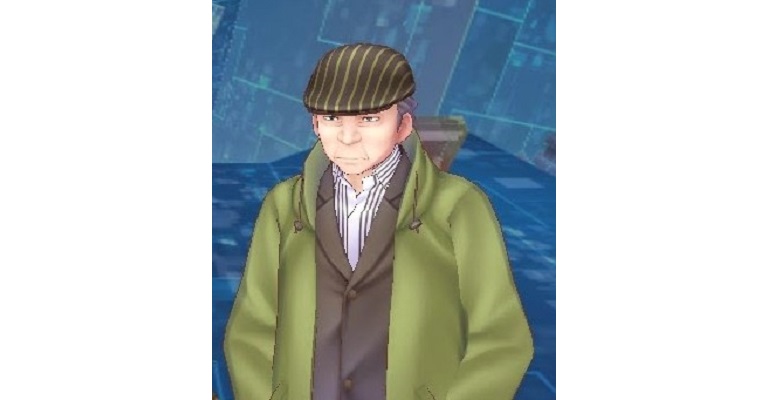
But, having said that, each character is well defined if a little trope-ey and you’ll probably enjoy your time with them.
Original vs. Hacker’s Memory
Two games for the price of one? Sure. Kind of.
Hacker’s Memory is a retelling of the events from the first game but framed by the experiences of an entirely different character. The overarching plot remains the same but the way you go through it is different. Different characters, different cut scenes, different gameplay modes…. same general locations and dungeons. In this way, it feels more like an expansion than a real sequel. Especially because a lot of the features introduced in Hacker’s Memory are now available in the original game so there’s less of a divide between the two in terms of the Digimon you can use and various other quality of life features.
I purchased both of these games for the Playstation on release and remember feeling a little cheated by Hacker’s Memory initially. Running around in the same dungeons, performing many of the same tasks, I thought it was a bit lackluster as far as sequels go. However, once you get into the story and characters and what sets Hacker’s Memory apart, it’s a different enough experience that I’ve softened to it over time. I’m a sucker when it comes to narrative – Hacker’s Memory is a little more emotionally charged with different stakes despite taking place during the events of the first game. I enjoy it for what it brings to the table even if I wish we had a different set of locations to explore.
In summation
Digimon Story: Cyber Sleuth Complete Edition is a game that is 100% worth your time if you’re even remotely interested in Digimon. It’s also, in my opinion, something you should try if the Pokemon franchise left you wanting last November. And I think there’s one more key distinction to make between Digimon and its vastly more popular rival as well; where Pokemon has found a winning formula that has remained fairly constant over eight generations of games, Digimon has been changing and evolving itself in different ways almost constantly for 20+ years. The Digimon games have never really found a comfortable spot to sit in and as such change a lot each time a new one comes out. This leads to some pretty interesting differences game to game. Digimon, through the adversity of being, essentially, the runner-up franchise for the entirety of its existence has absolutely had to innovate. It can’t afford to stay still and stagnate so it has to try that much harder to do something that captures interest and popularity to increase its own market share. It’s a constantly changing landscape of new ideas. You could say this series is always Digivolving in new and unexpected ways.
Does that sound exciting to you? It sounds exciting to me.
I hope that you give it a shot!
Do it for Terriermon. Momentai!
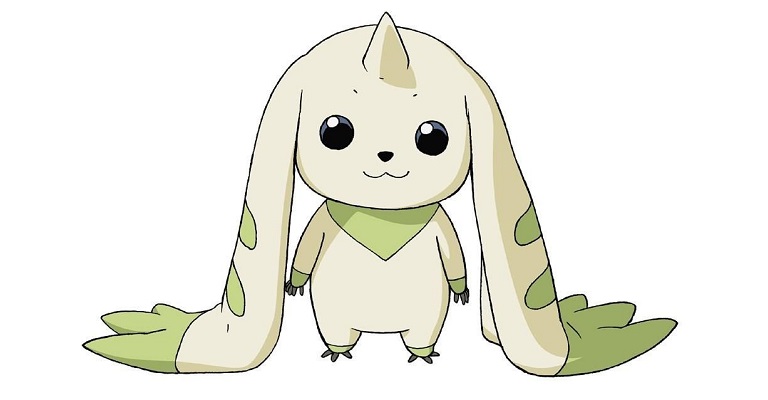

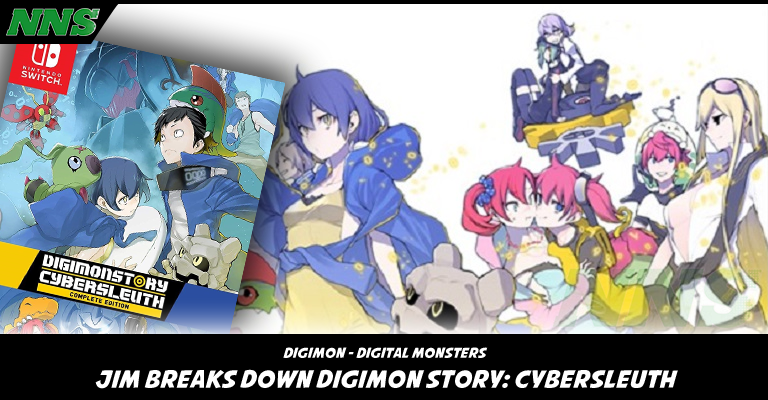
Facebook Comments